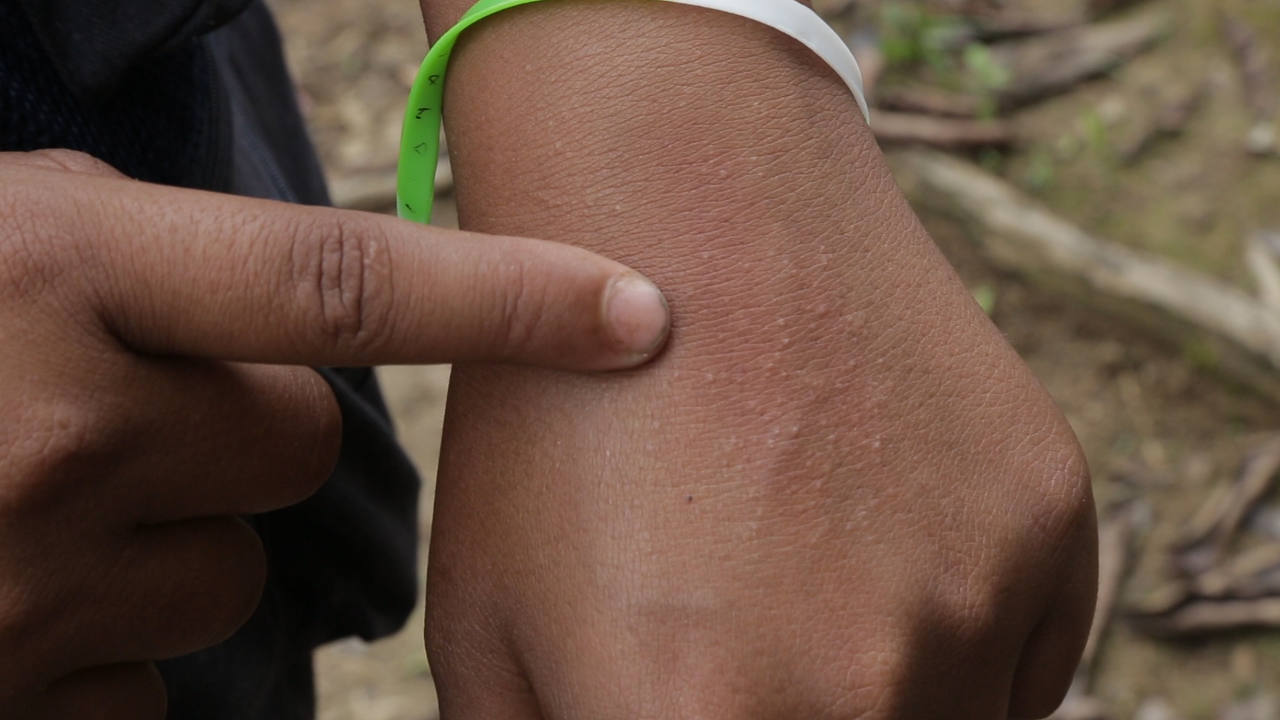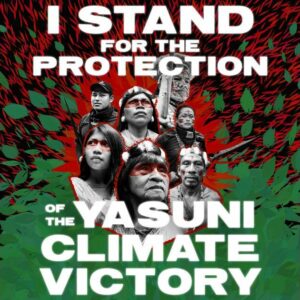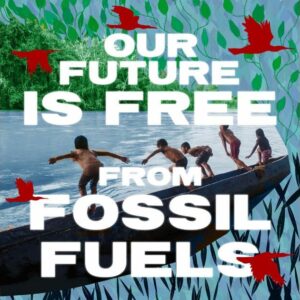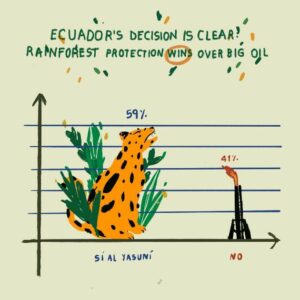
Planes, trains and automobiles. Plastic, pesticides and polyester. Oil and gas have been the engine of the world economy for 100 years. Despite this, we know little about the health impacts of spills and purposefully discharged oil waste. Why is this? Because not one long-term study has been carried out with residents living near spills or workers who have cleaned up spills. Not one.
Several good, short-term studies have been carried out, however, and what they tell us is troubling. These studies report on health impacts in people exposed to oil and gas from several of the most notorious spills in history: Exxon Valdez, Hebei Spirit, Tasman Spirit, Prestige, and Deepwater Horizon. The portrait they paint is alarming. They are like the iridescent sheen of an oil slick on the surface that entreats us to dig deeper to uncover the enduring effects of contact with oil and gas.
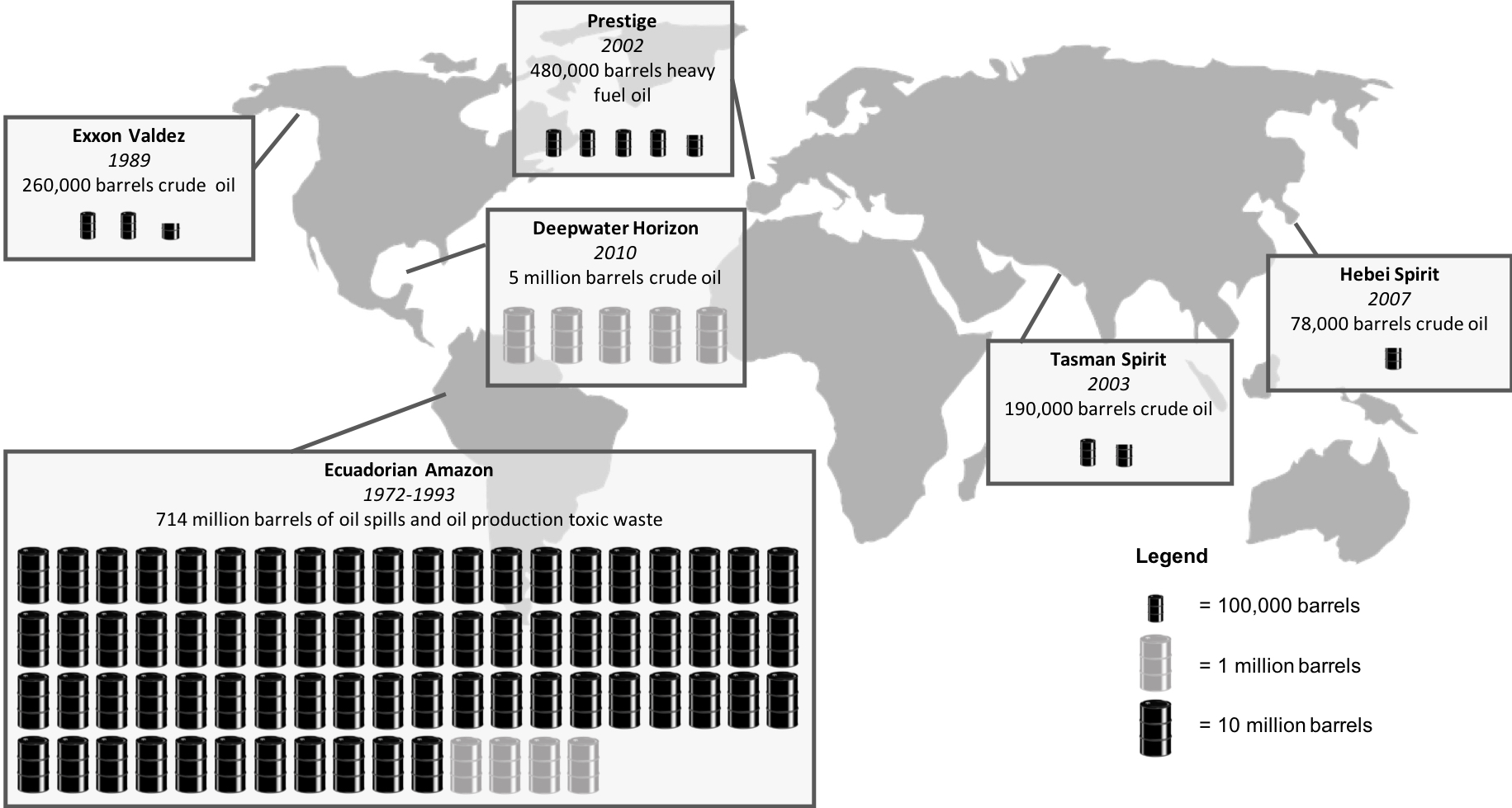
Notorious Oil Spills: When a tanker sinks or a rig close to the United States blows we hear a lot about it in the media, but none of the most notorious spills even come close to the amount of oil and toxic wastes that have been dumped into the Ecuadorian Amazon over the years.
For the past 50 years, the people living in the northern Ecuadorian Amazon have been the victims of countless spills and the irresponsible waste management practices of the companies extracting oil in the region. Between 1972 and 1993, 714 million barrels (or 30 billion gallons) of oil and toxic waste have been purposefully or accidentally released into the environment. While none of the individual spills measure up to the infamous spills named above, over the years they have added up to more than 140 times the 2010 BP Deepwater Horizon spill in the Gulf of Mexico. What’s more, this ‘slow-drip’ means that people are in near-constant contact with oil and waste products. Even less is known about the health impacts of this relentless contact with oil, but the short-term studies carried out on the large-scale spills can give us a clue as to what might be happening among indigenous peoples of the region.
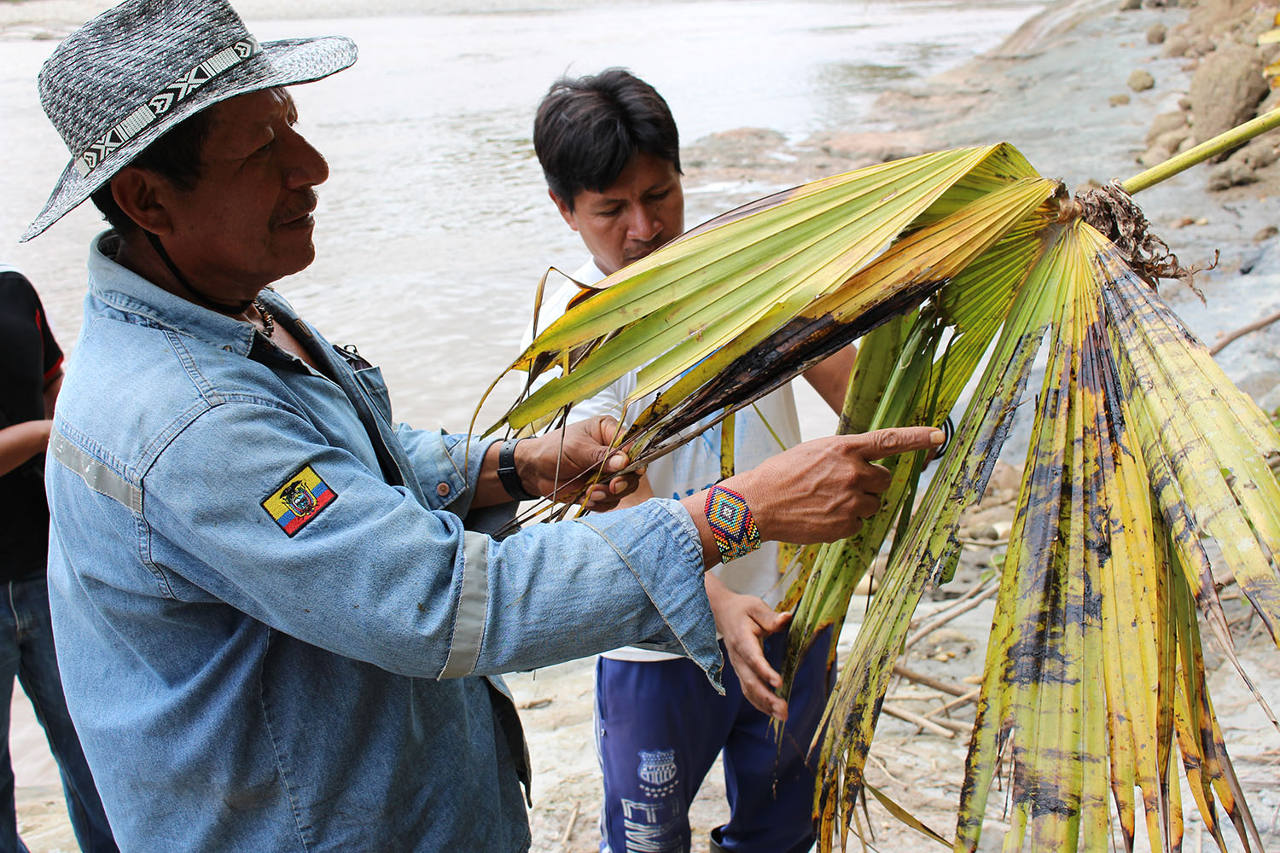
Oil spill near the Kofán community of Avie.
Health impacts of oil spills
Published studies have looked at both self-reported symptoms and biomarkers (laboratory results from samples) in people who came into contact in some way with oil or gas following spills (Aguilera et al. 2010; D’Andrea and Reddy 2014; Laffon et al. 2016; for a recent review see Ramirez et al. 2017). Self-reported symptoms can be grouped into respiratory problems, irritations (eye, skin, etc.), neurological effects (headache, dizziness, etc.) and traumatic symptoms (pain). Symptoms were, in many cases, related to the intensity of the exposure. In other words, the closer the person was to the spill or the more time they spent near the spill, the greater the symptoms. These findings suggest that each time local Ecuadorian Amazonian people are exposed to a spill they suffer these same symptoms. The nonstop contact with oil among indigenous people in the northern Ecuadorian Amazon would presumably have a cumulative effect, making individuals more vulnerable once an accident occurs.

Self-reported skin rashes from contact with an oil spill.
Studies of biomarkers have uncovered irreparable harm to humans exposed to oil and gas from spills. These effects can be grouped into respiratory damage, liver damage, decreased immunity, increased cancer risk, reproductive damage and higher levels of some toxics (hydrocarbons and heavy metals).
The only study looking at Amazonian indigenous people’s health markers following a spill was carried out in the Peruvian Amazon four months after a localized spill (Webb et al. 2016). The study showed that men who had worked cleaning up the spill had twice as much mercury in their urine as did men who had not been involved in the effort to restore the lagoon in which the oil had stagnated. Mercury damages the brain and the liver. Each time a pipeline ruptures or a waste pit overflows, we could expect that the people in the vicinity are flooded with mercury, through their water, the fish they eat, and the air they breathe. Several other studies conducted in the Ecuadorian Amazon have linked proximity to oil operations with illness (such as cancer, skin irritations, etc.) (San Sebastian et al. 2001; 2004; Hurtig et al. 2004; Paz-y-Miño et al. 2008). While the studies were not linked to a specific spill, they were carried out in areas having borne numerous accidents. Two studies, both financially supported by Chevron, unsurprisingly, found no link between cancer and oil extraction (Kelsh et al. 2009; Moolgavkar et al. 2014).
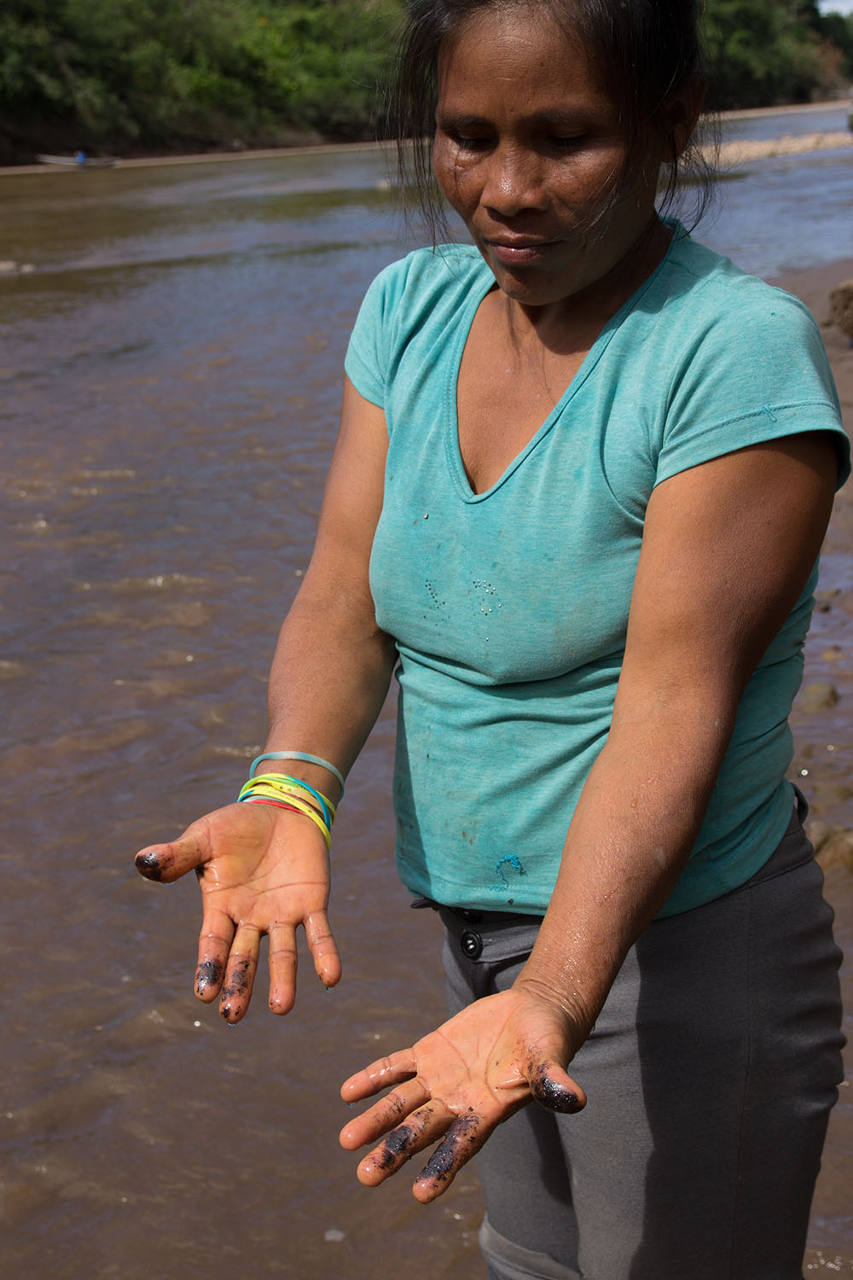
Where do we go next?
The longest-term study ever carried out followed fishers six years after the Prestige oil spill off the coast of Spain and evaluated respiratory health effects. A clinical study looking at the effect of water from the Gulf of Mexico following the Deepwater Horizon oil spill found that human lung cells grown in the water, which contained both the spilled oil and oil dispersants, showed signs of damage, pointing to some of the ways in which oil and dispersants wreak havoc on the human body. From other clinical studies (on mice and cells) we know that one of the main health effects of hydrocarbons, the principal component of oil, is cancer. In order to capture cancer rates, studies need to run for an extended period of time. A longitudinal (long-term) study on the impacts of oil spills is needed.
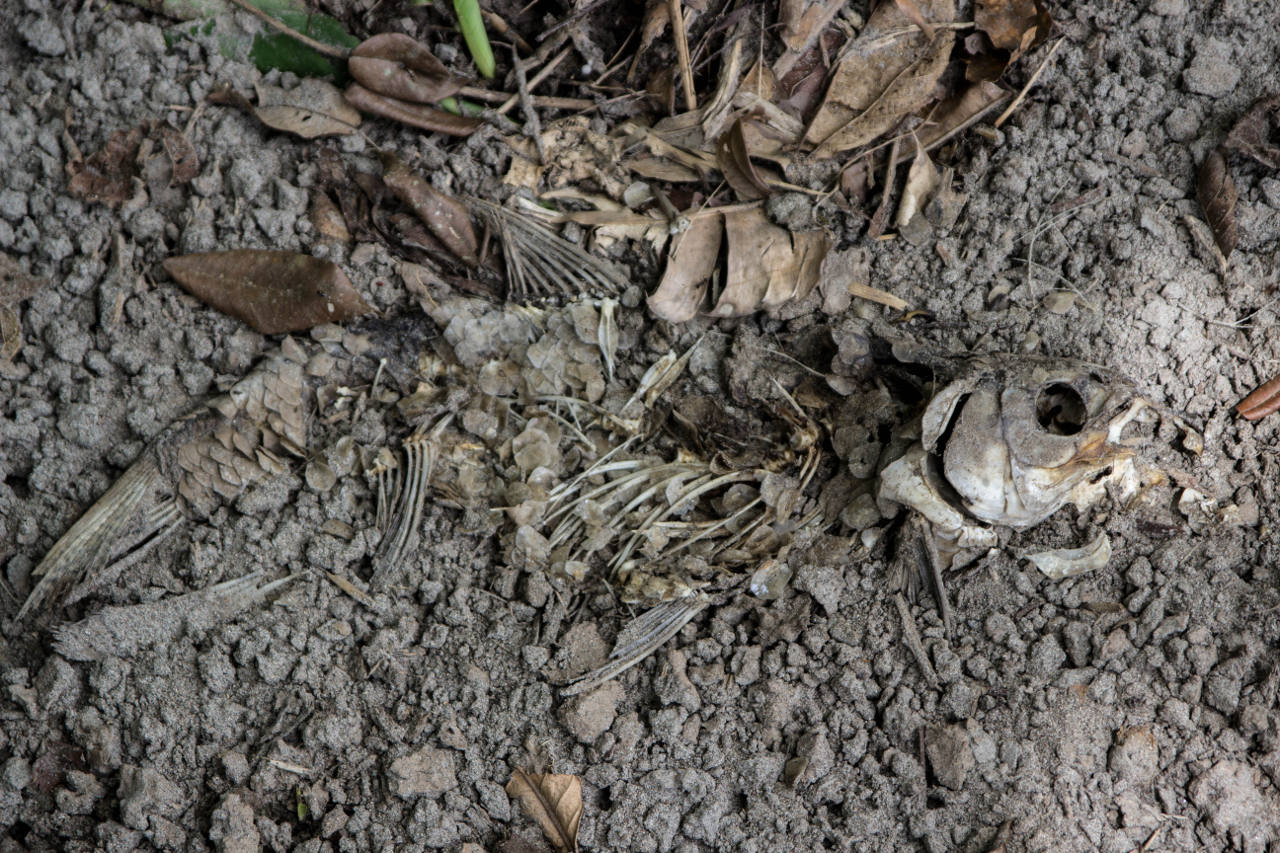
What can you do?
Reducing the demand for oil is the best way that individual citizens can reduce the number of spills. In order to reduce your consumption, take public transportation, eat local, eat lower on the food chain (vegetarian), and consume less. You can also demand that your institutions (bank, school, municipality) divest from oil companies. Amazon Frontlines is working with the indigenous organization Ceibo Alliance to help indigenous people know what risks they face. Knowing the risks is the first step in being able to take action to defend indigenous rights to health and demand greater environmental protections in the Amazon. See the work of our Environmental Monitoring and contribute to this work here.
Reference list
- Aguilera F, Méndez J, Pásaro E, Laffon B (2010) Review on the effects of exposure to spilled oils on human health Journal of Applied Toxicology 30:291-301 doi:10.1002/jat.1521
- D’Andrea MA, Reddy GK (2014) Crude oil spill exposure and human health risks Journal of occupational and environmental medicine 56:1029-1041
- Hurtig A-K, San Sebastián M (2004) Incidence of Childhood Leukemia and Oil Exploitation in the Amazon Basin of Ecuador Int J Occup Environ Health 10:245-250
- Kelsh M, Morimoto L, Lau E (2009) Cancer mortality and oil production in the Amazon Region of Ecuador, 1990–2005 Int Arch Occup Environ Health 82:381-395
- Laffon B, Pásaro E, Valdiglesias V (2016) Effects of exposure to oil spills on human health: updated review Journal of Toxicology and Environmental Health, Part B 19:105-128
- Moolgavkar SH, Chang ET, Watson H, Lau EC (2014) Cancer mortality and quantitative oil production in the Amazon region of Ecuador, 1990–2010 Cancer Causes Control 25:59-72 doi:10.1007/s10552-013-0308-8
- Paz-y-Miño C, López-Cortés A, Arévalo M, Sánchez ME (2008) Monitoring of DNA Damage in Individuals Exposed to Petroleum Hydrocarbons in Ecuador Ann N Y Acad Sci 1140:121-128 doi:10.1196/annals.1454.013
- Ramirez MI, Arevalo AP, Sotomayor S, Bailon-Moscoso N (2017) Contamination by oil crude extraction – Refinement and their effects on human health Environmental Pollution 231:415-425 doi:https://doi.org/10.1016/j.envpol.2017.08.017
- San Sebastian M, Armstrong B, Cordoba JA, Stephens C (2001) Exposures and cancer incidence near oil fields in the Amazon basin of Ecuador Occupational & Environmental Medecine 58:517-522
- San Sebastian M, Hurtig AK (2004) Oil exploitation in the Amazon basin of Ecuador: a public health emergency Rev Panam Salud Publica 15:205-211
- Webb J, Coomes OT, Mergler D, Ross N (2016) Mercury Concentrations in Urine of Amerindian Populations Near Oil Fields in the Peruvian and Ecuadorian Amazon Environmental Research 151:344-350

